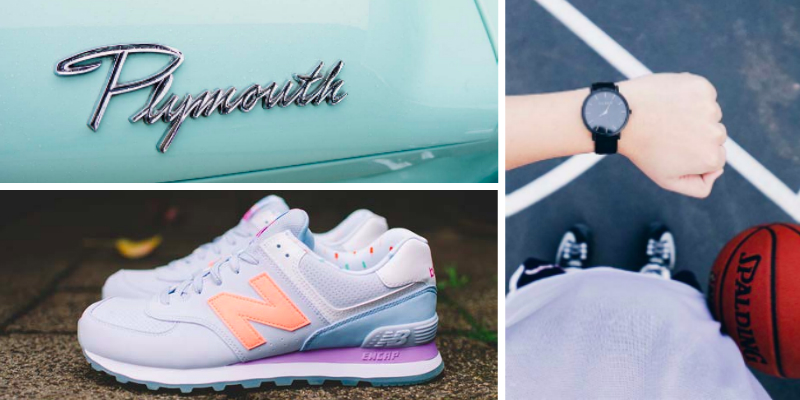
Choosing a brand name that becomes a distinctive trademark can be a challenging, time-consuming, and expensive exercise. This article provides tips on how you can increase your chances of success without making costly mistakes along the way.
SELECT A NAME THAT IS DISTINCTIVE
Coming up with a good brand name requires a degree of creative thinking. It’s important to choose a name that is distinctive. By this, I mean a name that no competitor can freely use to describe the product or service you market.
For example, a name like ‘Full of Fruit’ is not a good trademark for a fruit cereal because it describes a characteristic of the product, i.e. that it is ‘full of fruit’. But, call it something like ‘Fruitful’ and a competitor could not use that word to describe their fruit cereal.
Eponymous brand names may work for some, but not everyone. For example, if your name happens to be Brigitte Chanel and you offer beauty services, you may run into difficulties trying to use the name ‘Chanel’, because it is already a well known trademark for perfume and cosmetics.
Any name that is likely to be confusing or misleading, or that indicates a connection with a well known brand, is unlikely to able to be registered. It is also likely to incur the wrath of the brand owner!
Names based on geographical place names can also be problematic. A supermarket chain in Australia was recently unsuccessful in its attempt to register a new wine label with the name ‘South Island’. All traders must be free to indicate the source of their products, or where they are produced or manufactured.
If you wish to use a Maori name, it’s important to ensure you approach the appropriate iwi to go through a full consultation process. You want to ensure that you have their endorsement to use and register the name, and know that it is not demeaning or offensive to Maori.
DETERMINE IF YOU HAVE FREEDOM TO OPERATE
‘Freedom to operate’ (FTO) is a commonly used term in intellectual property law. It indicates whether you have freedom to market, sell, or license your products or services without infringing the IP rights of others.
To determine if you have freedom to operate, a proper search needs to be carried out in the marketplace, and of the official intellectual property registers for the country or countries you intend to offer your products and services in. You can search by looking through numerous databases, including that of the Intellectual Property Office of New Zealand (IPONZ), and do an Internet search, but an IP specialist can help ensure your search covers all the bases.
For example, say you want to use the name FITEC for computer software. You could search on this name and find nothing, but does that mean you are free to use and register this name?
Not necessarily. What about phonetic spelling variations, such as FYTEC, PHYTEC or PHITEC? You may discover someone has already registered one of these for the same goods or services. So it’s important that your FTO searching is thorough and well-informed.
REGISTER YOUR TRADEMARK
Once you’ve come up with a distinctive name and established that you have freedom to operate in your target markets and classes, it’s time to try and register it. Remember, your chances of success will be greatly increased if the mark is not a descriptive word, geographical place name, common surname, or any other name which may be considered unable to be registered.
MAINTAIN YOUR TRADEMARK REGISTRATION
In most countries, if you haven’t used your trademark for a continuous three year period, it’s open to a third party to revoke the registration, apply for the same mark on the same products or services, and start using the name.
To keep your name protected, renew your registration every ten years in the country it’s registered, and ensure you’re using your trademark. Also, try not to let your brand be used generically as a descriptor or a verb as this could compromise the validity of your trademark registration.
Google spent many months in court to show its GOOGLE trademark had not become generic, despite evidence that the public use the term ‘Google’ or ‘Googling’ to indicate searching for something on the internet. There are many other well known examples of brand names that have become generic, such as: ‘Rollerblade’, ‘Aspirin’, ‘Sellotape’, and ‘Photoshop’.
ENFORCE YOUR REGISTERED RIGHTS
Once you’ve registered your trademark, it’s important to enforce it by taking action against potential infringers. For example, if you successfully registered FITEC for your software product, but a direct competitor launched a product using the name PHYTEK, you would be within your rights to take enforcement action. A straightforward ‘cease and desist’ letter pointing out your rights in your FITEC trademark registration should be sufficient for the potential infringer to back down and negotiate a settlement.
John Hackett is a partner at AJ Park.








